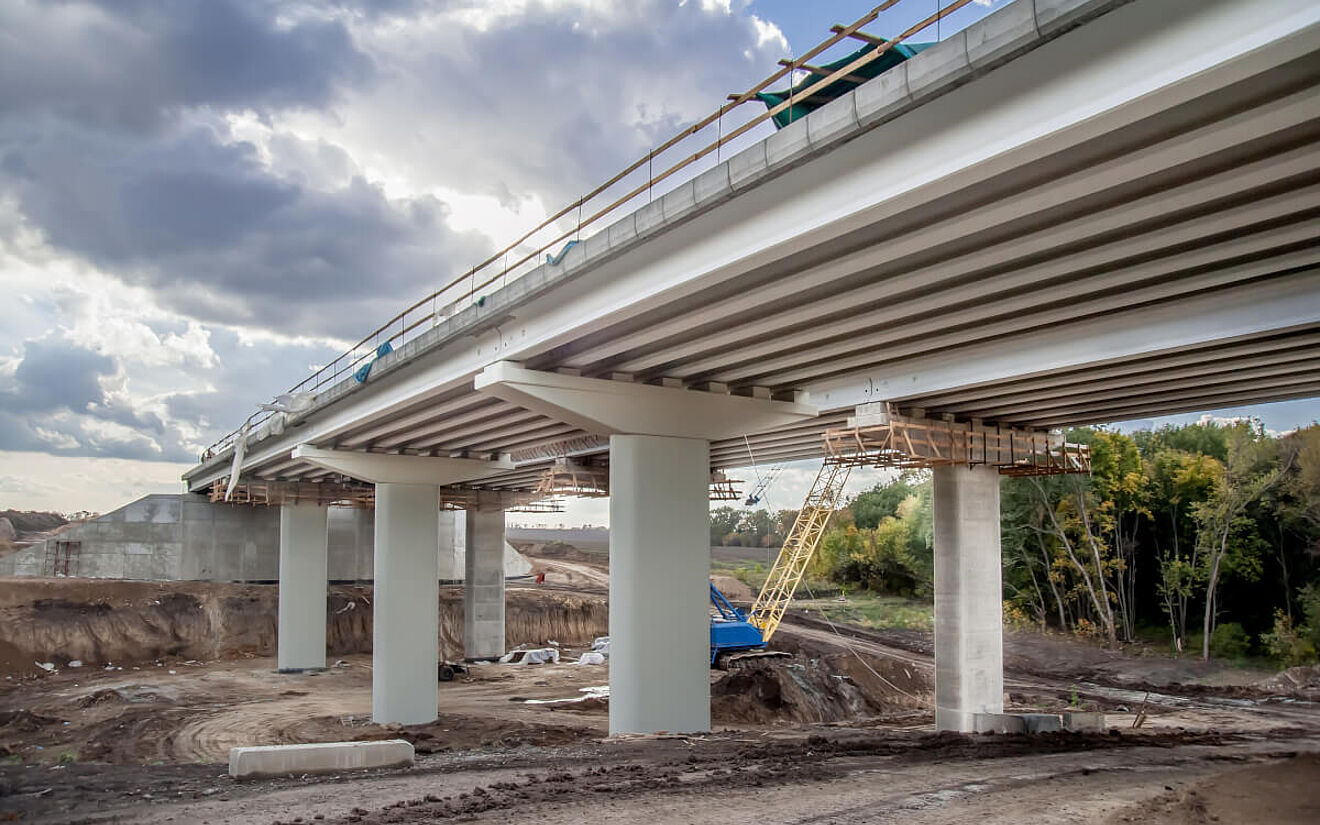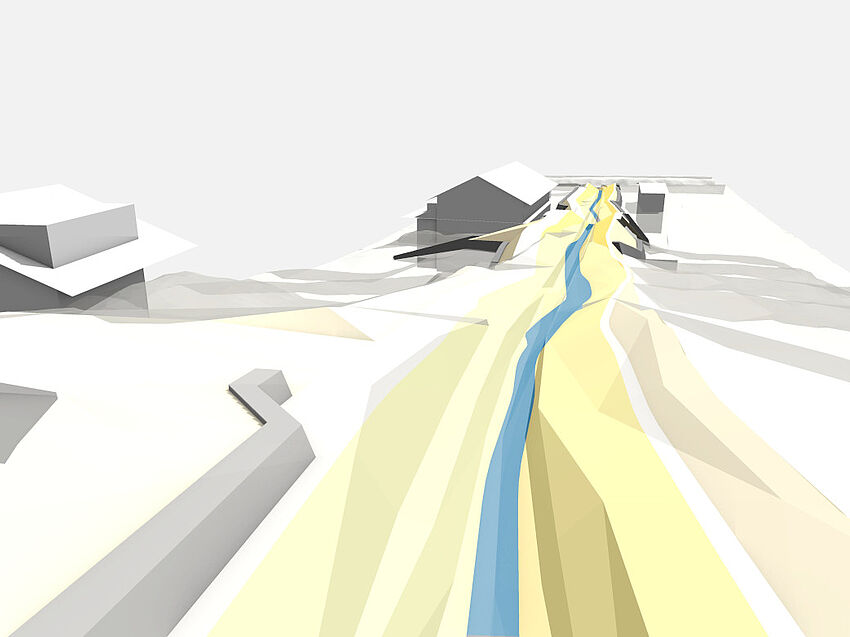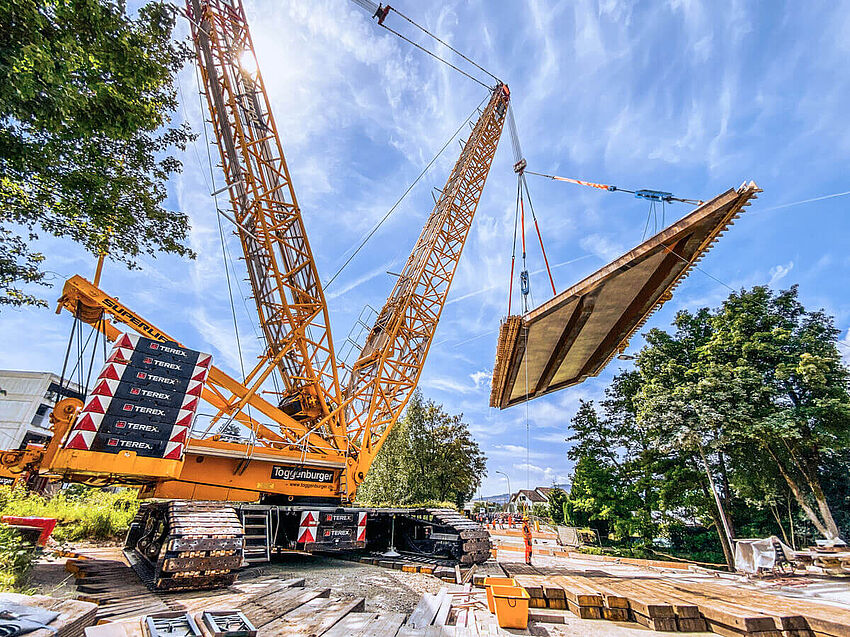Bridges form the backbone of transportation infrastructure, connecting communities and enabling commerce. Among the various types of bridges, concrete girder bridges stand out as one of the most widely used bridge types globally, with some countries specifying standard concrete I-girders specifically for bridge use. Their popularity stems from a combination of cost-effectiveness, structural reliability, and ease of construction.
However, many of these bridges are – or soon will be – reaching the end of their lifespan, posing significant challenges for replacement and rehabilitation. As such, innovative concrete girder bridge design tools are becoming essential. This is where ALLPLAN’s precast girder bridge workflow offers a game-changing approach, simplifying and accelerating the design process while addressing the complexities of modern bridge construction.
Introducing ALLPLAN’s Precast Girder Bridge Workflow
ALLPLAN’s precast girder bridge workflow offers a comprehensive and efficient solution for designing, analyzing, and detailing precast girder bridges. This innovative platform integrates advanced modeling, powerful structural analysis, and seamless automation to simplify complex processes while ensuring precision at every stage. Below is a detailed look at each step in the modeling workflow.
1. Modeling the Bridge Geometry
The workflow begins with defining the geometry of the bridge using parametric tools. Engineers create and refine the model by defining axes, cross-sections, and templates. For example, the substructure is defined in relation to one or more axes, allowing precise alignment with the overall design. Parametric templates allow repetitive elements, such as girders, piers, and foundations, to be modeled once and reused across the project, ensuring consistency and saving time.
The deck plate is then modeled by extruding cross-sections along the axis, incorporating necessary details like boundaries and reinforcements. For the haunch, ALLPLAN uses 3D Boolean operations to automatically fill the space between the girder and plate, accommodating variable geometry influenced by the substructure and alignment.

2. Deriving the Structural Analysis Model
ALLPLAN semi-automatically generates the structural analysis model directly from the geometric design, minimizing manual effort and errors. Engineers maintain control over which elements contribute to the structural system, tailoring the analysis as either a beam or grillage model based on project requirements.
3. Defining Construction Stages
Construction stages are defined to reflect the sequence of real-world tasks, including girder placement, tendon stressing, and post-tensioning. These tasks are interactively assigned to structural components, ensuring the analysis accounts for time-dependent effects like creep, shrinkage, and relaxation.
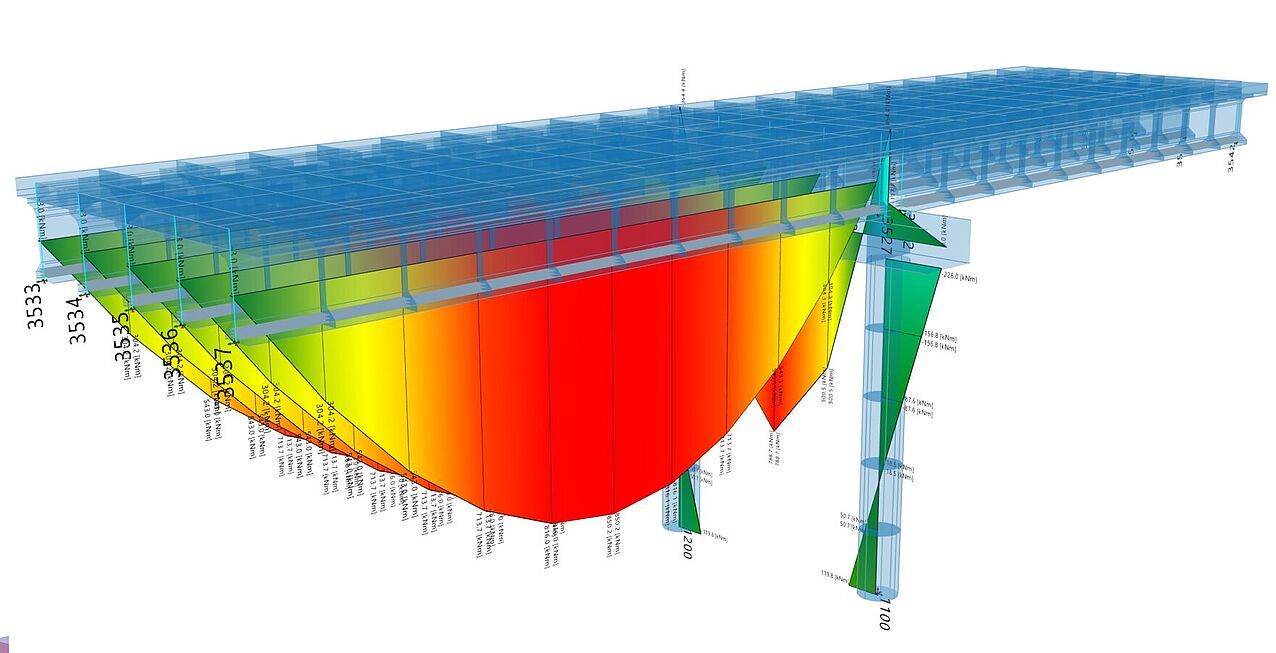
4. Simulating Prefabrication, Storage, and Transportation
The prefabrication process simulates key steps, including strand stressing, concrete casting, force transfer, and curing cycles. Time-dependent effects like creep, shrinkage, and relaxation are accounted for, enhancing the accuracy of the analysis. Additionally, the workflow simulates the storage and transportation stages, incorporating factors like lifting and handling, which influence the structural performance of precast girders.
5. Defining Loads and Superposition
ALLPLAN allows engineers to define permanent and variable loads – such as traffic, wind, and temperature – as per their standard specifications. Earthquake loads are analyzed using the multi-mode Response Spectrum Method to evaluate seismic effects. Superposition and combination tools enable engineers to calculate the most unfavorable load scenarios with maximum flexibility and clarity.
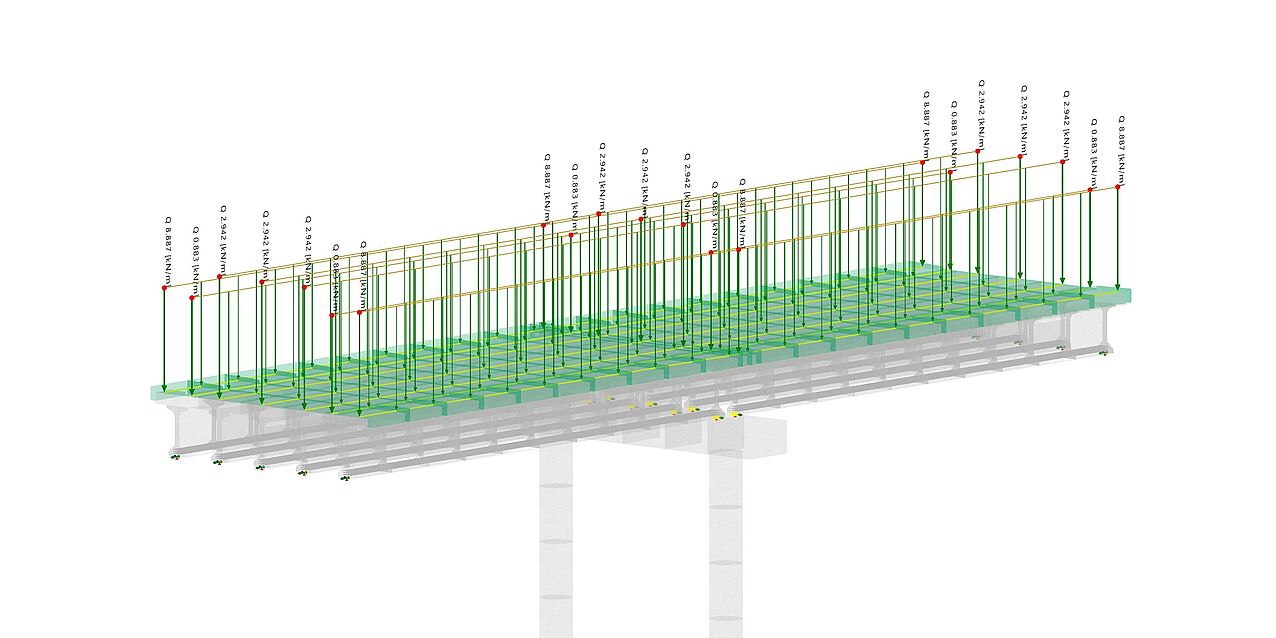
6. Reinforcement Design and Code Checking
Reinforcement design and code assessments are integrated into the workflow, allowing engineers to check compliance with ULS and SLS requirements. Tailored workflows enable assessments of pre-tensioned girders, considering factors such as concrete aging, crack limitations, and anchorage conditions. Engineers can also address specific design challenges, such as determining equivalent concrete age or calculating transmission lengths.
7. Preparing Structural Analysis Reports
Once the analysis is complete, ALLPLAN generates detailed reports, including tables, images, and 2D/3D diagrams automatically, which can be seamlessly integrated into MS Word documents. This automation eliminates manual data entry, enhances accuracy, and reduces time spent on reporting.
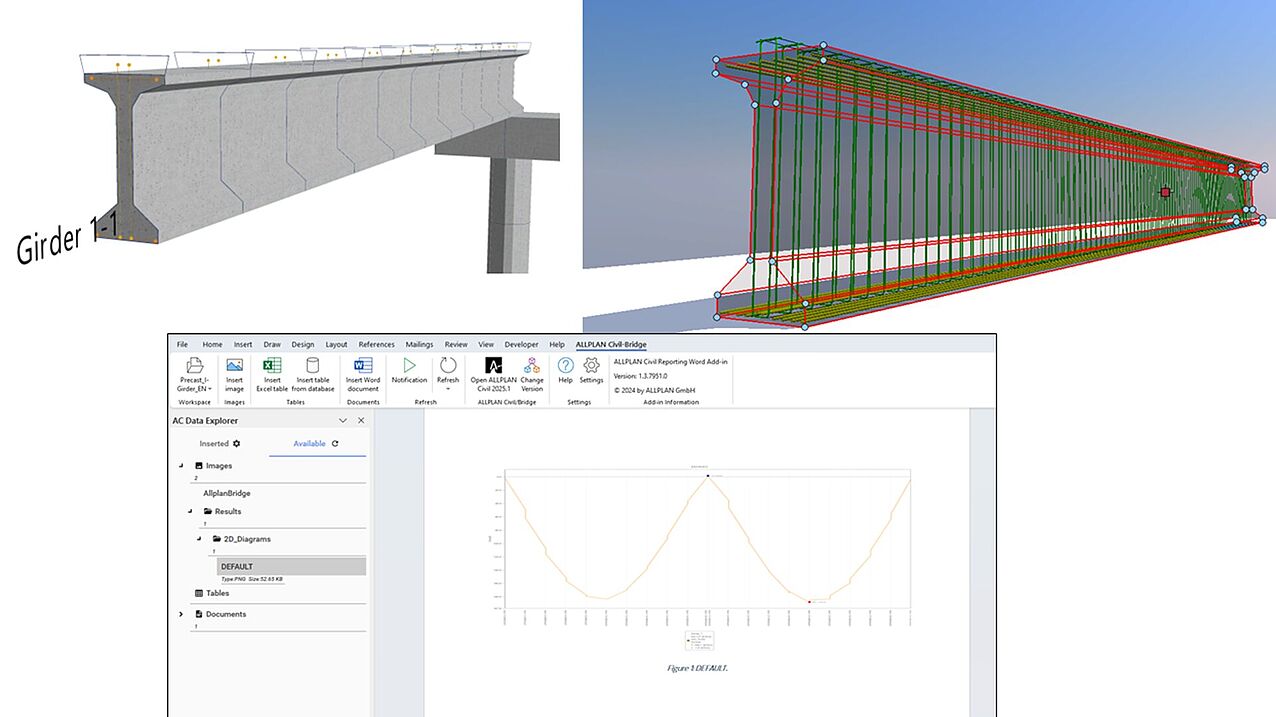
8. Reinforcement Detailing and Final Proof Checking
Parametric reinforcement models are generated with Python Parts technology, enabling automatic 3D reinforcement detailing and ensuring compliance with codes and standards. The workflow also supports bidirectional adjustments to reinforcement, such as stirrup spacing and longitudinal bar numbers, which can be re-imported into the analysis model for final proof checking. This ensures all design elements meet required standards and performance criteria.
9. Generating Drawings and Other Deliverables
ALLPLAN automates the creation of construction documentation, including elevations, longitudinal sections, and transverse sections. Advanced visualization tools like CineRender provide realistic renderings, complementing the detailed layout and design outputs for seamless communication with stakeholders.
This workflow simplifies the complex process of designing precast girder bridges, reducing project timelines and improving collaboration while ensuring high-quality, precise results.
A Smarter Approach to Precast Girder Bridge Design
As infrastructure demands grow and aging bridges require replacement, innovative solutions like ALLPLAN’s precast girder bridge workflow are transforming the way engineers approach design and construction. By combining precise modeling, parametric templates, and advanced tools for every stage of the project in a single platform, ALLPLAN simplifies complex processes and enhances efficiency. With the added benefits of structural analysis, seamless collaboration, automated documentation, and construction integration, this workflow empowers engineers to deliver durable, cost-effective bridges that meet modern standards. Whether replacing aging structures or designing new ones, ALLPLAN ensures you’re equipped to build the bridges of tomorrow, today.
Start simplifying your bridge design projects today – download a free, 14-day trial of ALLPLAN and experience the difference for yourself.
